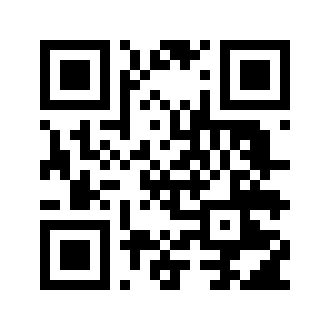June 12, 2012
On its front-page, the Detroit News (6/9, Shepardson) continues coverage about Secretary of Transportation Ray LaHood’s distracted driving speech Thursday, when he unveiling a blueprint to “pass more laws, address technology and crack down on texting,” a move praised by the Alliance of Automobile Manufacturers. Nevertheless, LaHood stopped short of calling for a ban on hands-fee calling unless research emerges that supports the move. LaHood reiterated his description of distracted driving as an “epidemic” and called on the remaining 11 states to pass legislation to ban texting while driving. He said, “While we’ve made progress in the past three years by raising awareness about this risky behavior, the simple fact is people are continuing to be killed and injured — and we can put an end to it.” To assist state efforts to curb the practice, USDOT unveiled $2.4 million for pilot projects in California and Delaware that “will examine whether increased police enforcement coupled with news media coverage can significantly reduce distracted driving.”
California, Delaware receive $2.4 million for pilot projects. The Los Angeles Times (6/9, Goldberg) noted California will receive about $1.5 million from USDOT to highlight the dangers of distracted driving through advertisements and increased police enforcement, building on the success of smaller-scale programs in Hartford, CT and Syracuse, NY — programs that resulted in a 72% drop in texting in Hartford and a 32% drop in Syracuse. “As part of the ‘Phone in One Hand, Ticket in the Other’ campaign,” Secretary LaHood announced that USDOT “would provide $2.4 million to California and Delaware to initiate pilot programs aimed at examining whether increased police enforcement and paid media advertisements can seriously reduce distracted driving.” California “will use its federal money to saturate the Sacramento Valley media market with advertisements and pay for extra officers to patrol solely for distracted driving over two-week periods in December, February or March, and June, said Chris Cochran, spokesman for the Office of Traffic Safety.”
CDC survey shows teens’ widespread calling, texting while driving. The AP (6/11, Svensson) reports on a new survey by the Centers for Disease Control and Prevention on distracted driving which found that “about 58 percent of high school seniors said they had texted or emailed while driving during the previous month,” while approximately 43 percent of high school juniors also said they drive while using their phone. The AP discusses the industry’s attempts to find a solution to prevent drivers from using their phones while driving and points to the companies that have “slightly more sophisticated solutions: apps that make sure you’re in your car before putting the phone in ‘driver mode.'”
















